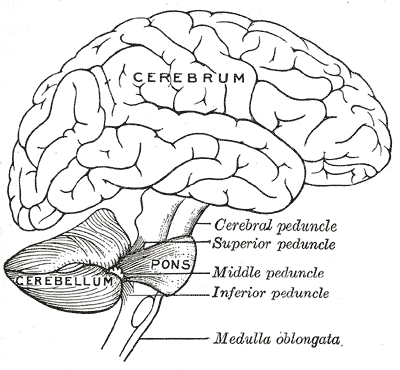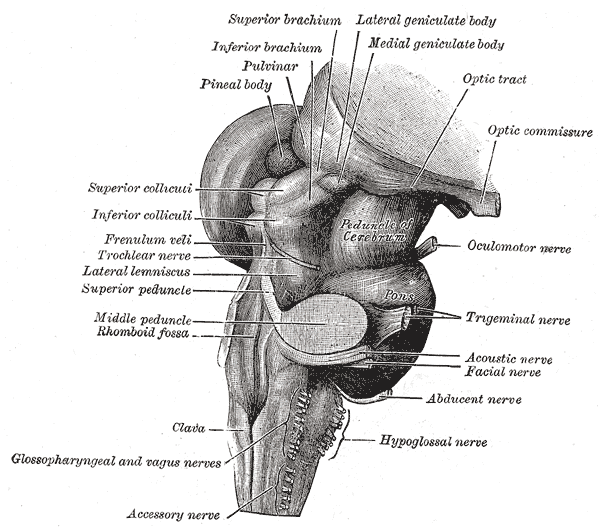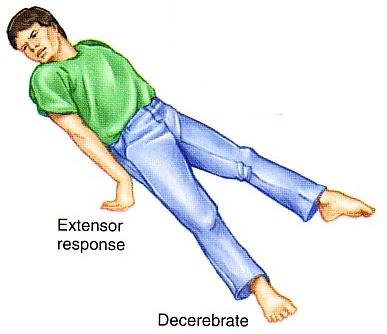
FAIR is a non-profit organization dedicated to providing well-documented answers to criticisms of the doctrine, practice, and history of The Church of Jesus Christ of Latter-day Saints.
Sin resumen de edición |
m (RogerNicholson movió la página Libro de Mormón Anacronismos: Shiz lucha a respirar a El Libro de Mormón/Anacronismos/Shiz lucha por respirar) |
(Sin diferencias)
| |

In Ether 15:31, a final showdown occurs between two warriors, Shiz and Coriantumr. Coriantumr "smote off the head of Shiz...[and] after he had smitten off the head...Shiz raised up on his hands and fell; and after that he had struggled for breath, he died."
Critics insist that this would not, or could not, happen.

Contrary to the critics' assumptions,
Cutting the brainstem in this location causes the muscles which extend (straighten) the arms and legs to contract. This makes the arms and legs rigid, which would raise a corpse up until lack of oxygen and blood loss caused eventual muscle failure.

People in this "decerebrate" reflex posture can also display "opisthotonos," a position "characterized by rigidity and severe arching of the back, with the head thrown backwards. This is such that if a person were laid on his or her back, only the back of the head and the heels would touch the supporting surface." [2] If the person — as in Shiz's case — were face down, the body would appear to rise up, with the neck bent backward and the face upraised. This dramatic positioning would make it appear as if the person was 'struggling for breath,' even though such behavior is a mere reflex, and not intentional.
With the death scene of Shiz, Joseph Smith provides the reader with a vivid example of a catastrophic mid-brain injury which is consistent with a weary, sloppy cut made by the exhausted Coriantumr. Being a seasoned warrior, Moroni likely knew that such behavior would be relatively rare on the battlefield, even if he did not understand the rather precise neuroanatomy needed to cause it.
Shiz's death throes are a realistic touch, and represent a phenomenon that went unrecognized in the medical literature of the modern era until 1898. It is one more mark of the Book of Mormon's status as genuine history.
| Libro de Mormón "Anacronismos" |

FAIR is a non-profit organization dedicated to providing well-documented answers to criticisms of the doctrine, practice, and history of The Church of Jesus Christ of Latter-day Saints.
We are a volunteer organization. We invite you to give back.
Donate Now